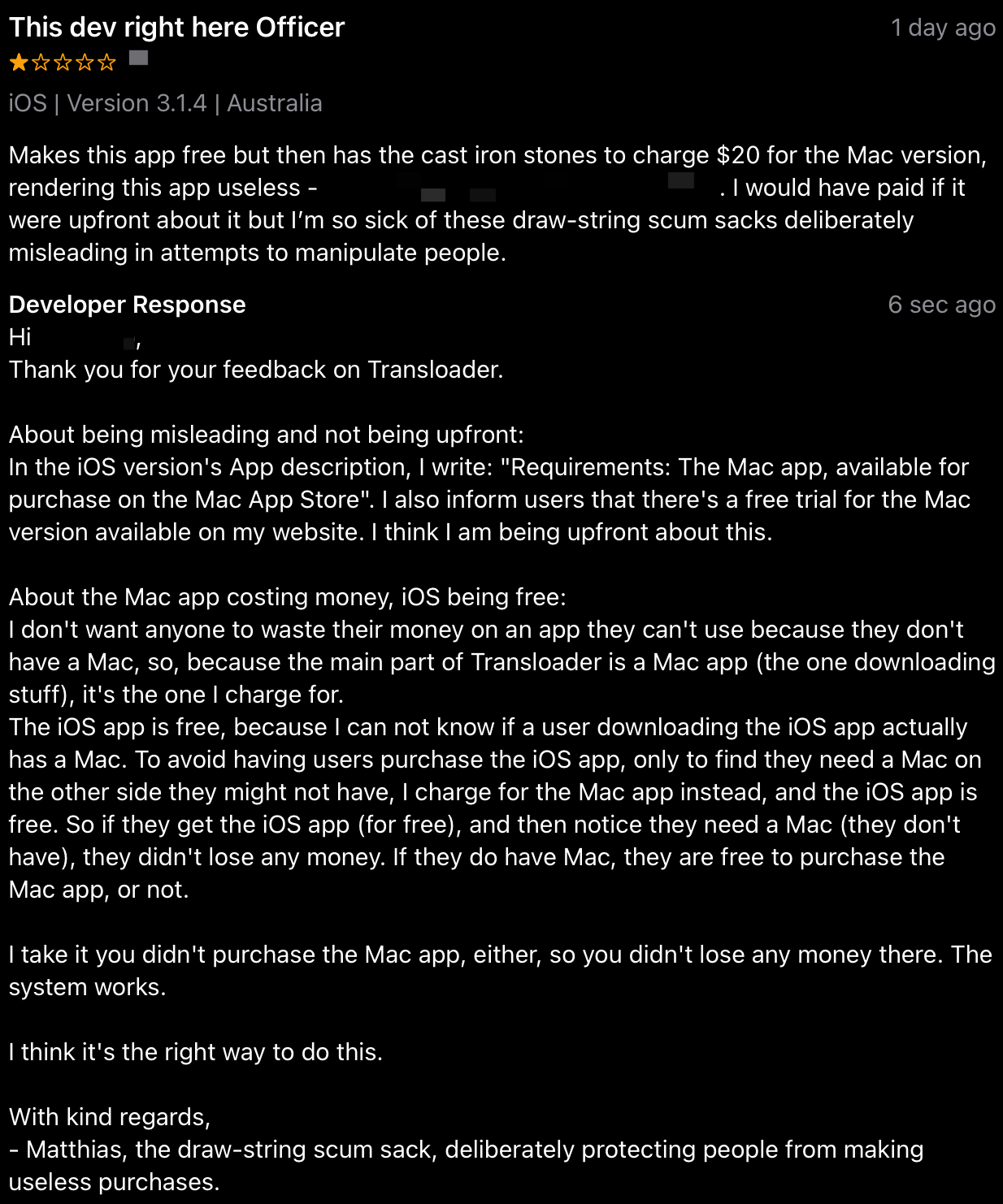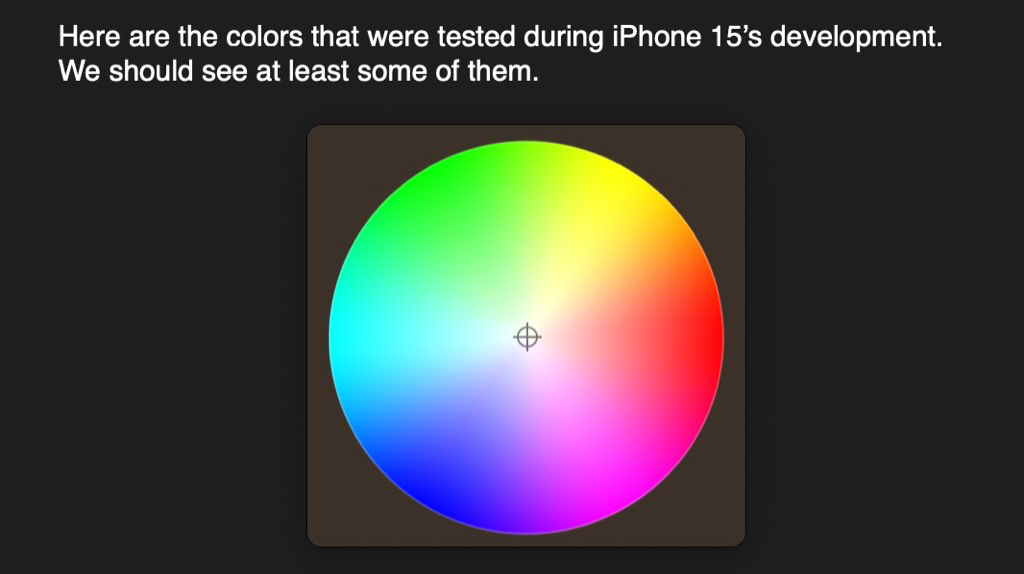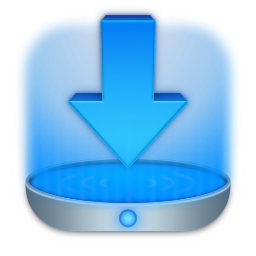
Today, in 2011, I released Yoink v1.0 to the public, and it looked like this:
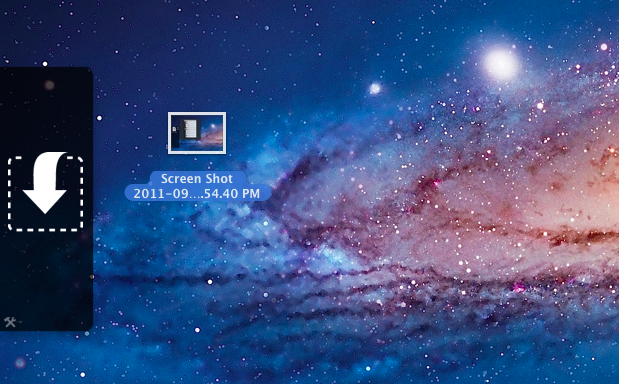
I know, right? Its icon looked a bit different, too:
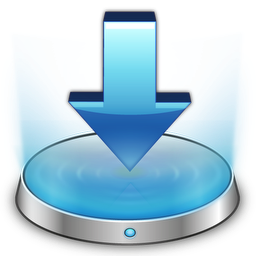
Anyway, long story short, I’m having a sale over this weekend on the App Stores, where you can purchase Yoink for Mac and Yoink for iPad and iPhone at a discount.
Yoink for Mac on the Mac App Store
USD 8.99 / GBP 8.99 / EUR 9,99 -> USD 4.99 / GBP 4.99 / EUR 5,99
Yoink for iPad and iPhone on the iOS App Store
USD 4.99 / GBP 4.99 / EUR 6,99 -> USD 3.99 / GBP 3.99 / EUR 3,99
Enjoy 😊
